Rank Species | Genus Curcuma Higher classification Hidden-lily | |
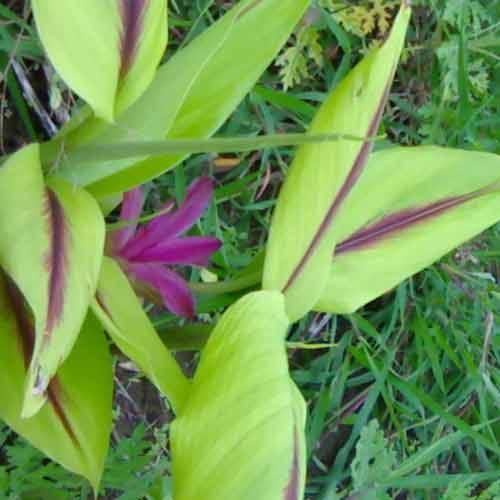 | ||
Similar Mango Ginger, Curcuma zedoaria, Black cardamom, Galangal, turmeric | ||
Black tumeric root curcuma caesia rhizomes supplier exporter
Curcuma caesia, black turmeric or black zedoary is a perennial herb with bluish-black rhizome, native to North-East and Central India. Black turmeric is also sparsely found in the Papi Hills of East Godavari, West Godavari of Andhra Pradesh and Khammam district of Telangana. The rhizome of black turmeric has a high economic importance owing to its putative medicinal properties. In west Bengal, the rhizome of the plant is used in Kali Puja, and hence the plant is called Kali haldi. By etymology, Kali is the feminine form of Kala, which means black color and hence the plant is termed as black turmeric in English. This species has been regarded as endangered by the central forest department of India due to biopiracy.
Contents
- Black tumeric root curcuma caesia rhizomes supplier exporter
- Curcuma caesia rhizomes supplier exporter seeds oil extract
- Common names
- Chemical constituents
- Medicinal Uses
- Occult
- Cultivation and harvest
- References
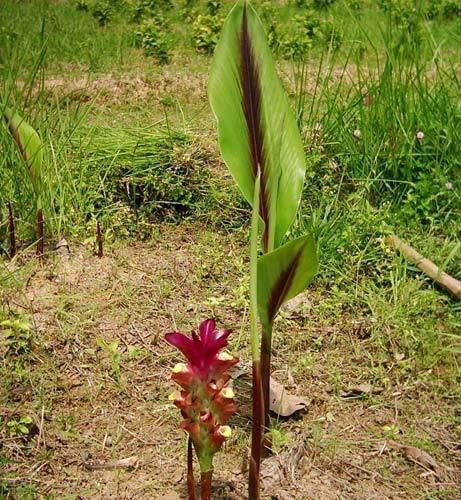
Curcuma caesia rhizomes supplier exporter seeds oil extract
Common names
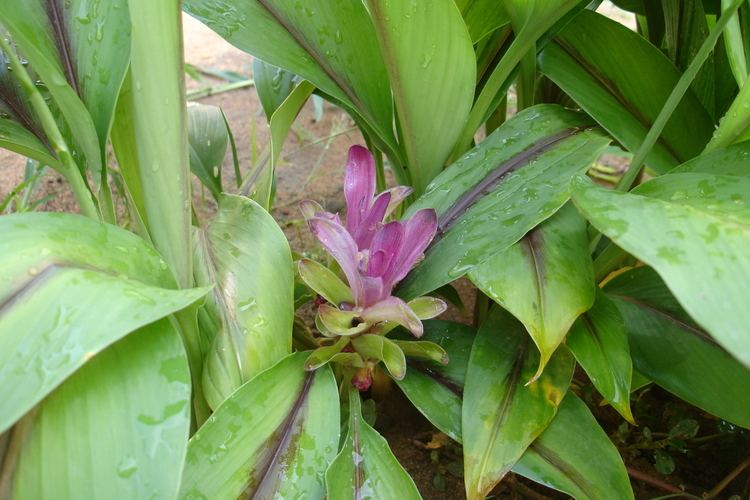
Hindi: काली हल्दी Kali Haldi, कृष्ण केदार Krishna kedar; Manipuri: Yaingang Amuba or Yaimu; Marathi: काला हल्दी Kala-haldi; Telugu: Nalla Pasupu; Kannada: kariarishina, naru kachora; Bengali: Kala haldi; Mizo: Aihang, Ailaihang; Assamese: kala haladhi; Nepalese: कालो हलेदो Kaalo haledo; Malayalam: Kari manjal; Sanskrit: Rajani, Nishaa, Nishi, Raatri; Malay: Black Haldi, Black curcuma, Kunyit Hitham, Temu Hitham; Arabic: Gadwâr Aswad; French: Zédoaire Noir; German: Schwarze Zedoarwurzel; Italian: Zedoaria Nera; Turkish: Kara Cadvar
Chemical constituents

The research on the volatile rhizomes oil of Curcuma caesia resulted in the identification of 30 components, representing 97.48% of the oil, with camphor (28.3%), ar-turmerone (12.3%), (Z)-ocimene (8.2%), ar-curcumene (6.8%), 1,8-cineole (5.3%), elemene (4.8%), borneol (4.4%), bornyl acetate (3.3%) and curcumene (2.82%) as the major constituents.
Medicinal Uses
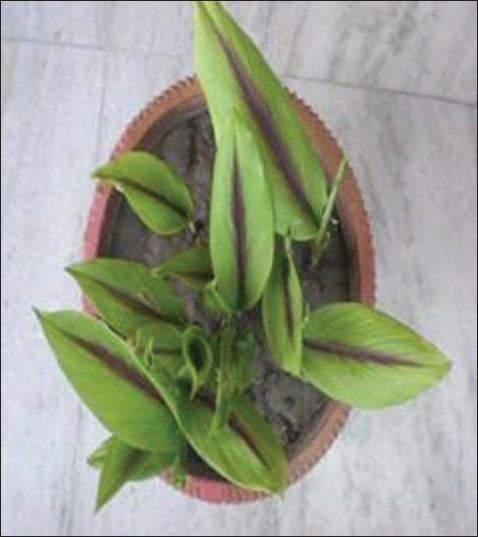
The rhizomes are used as a rubeficient to rub the body after taking a Turkish bath. In Bengal, it is used in the fresh state-turmeric. The rhizomes of the herb are often used by the Baiga, Sahariya, Agariya, Gond, Korku, and other tribal communities of Mandla, Balaghat, Chhindwara, Anooppur, and Dindori district of Madhya Pradesh state for the treatment of pneumonia, cough, and cold in children, and for fever and asthma in adults. In northeast India, the powder of rhizomes is used by tribal women as a face-pack during their engagement and marriage period. Fresh rhizomes are crushed and applied as a paste on forehead for relief from migraine or applied on the body for sprains and bruises. In Lohit district of Arunachal Pradesh, Kanti tribes apply fresh rhizome paste on snake and scorpion bites . The rhizomes are claimed to have a property of acting against leukoderma, epilepsy, cancer and HIV/AIDS. Gondi people of Bastar apply rhizome paste on the hydrocele using betel leaves. Intake of small amount of rhizome paste is claimed to expel gases from the stomach and cure menstrual disorders. Basically it is found in tribal belts of Odisha and tribal people use it for the treatment of various diseases. The snake charmer community of the sub-urban areas of the capital city Bhubaneswar possess maximum knowledge in this regard.
Occult
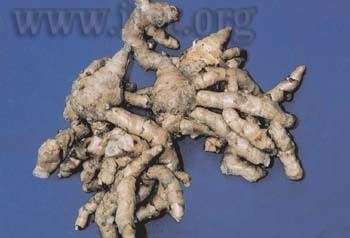
Black Turmeric rhizome is believed to have magical powers. In Chhattisgarh, tribes make paste of rhizomes using cow's urine and apply the mixture on forehead as Bindi along with blood, for Vasikaran and Tantra practices. Some tribes believe that the rhizomes act as a talisman to keep evil spirits away. Some people believe that the rhizome of the plant is a form of the goddess Kali and carry a rhizome in their pockets. Some Hindu organizations sell rhizome paste to use as Tilaka, with a belief that it will remove all kinds of black magic. The color of the root is considered similar to the skin complexion of several Hindu deities: Kali, Rama, Krishna, and Shiva.
Cultivation and harvest
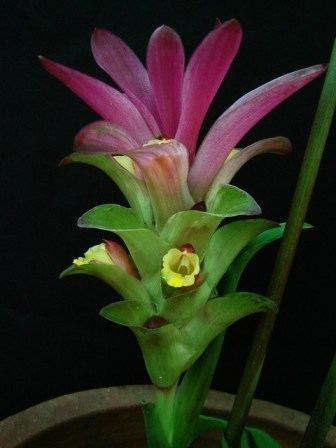
The cultivation and harvest practices are similar to that of common turmeric which is used in recipes. In the fields, the rhizomes are washed thoroughly and are placed in a wide mouthed cauldron. The water is poured in the cauldron such that the rhizomes are completely covered. The cauldron is covered with a lid, and the rhizomes are boiled for about 30 minutes until foam oozes out with a strong odour. The rhizomes are taken out when the water is reduced to one-third of the original and they are soft and their inner portion has turned from blue to dark or pale brown. The rhizomes are then dried in hot sun for10 to 15 days until hardened. These dried rhizomes are then packed for marketing.
